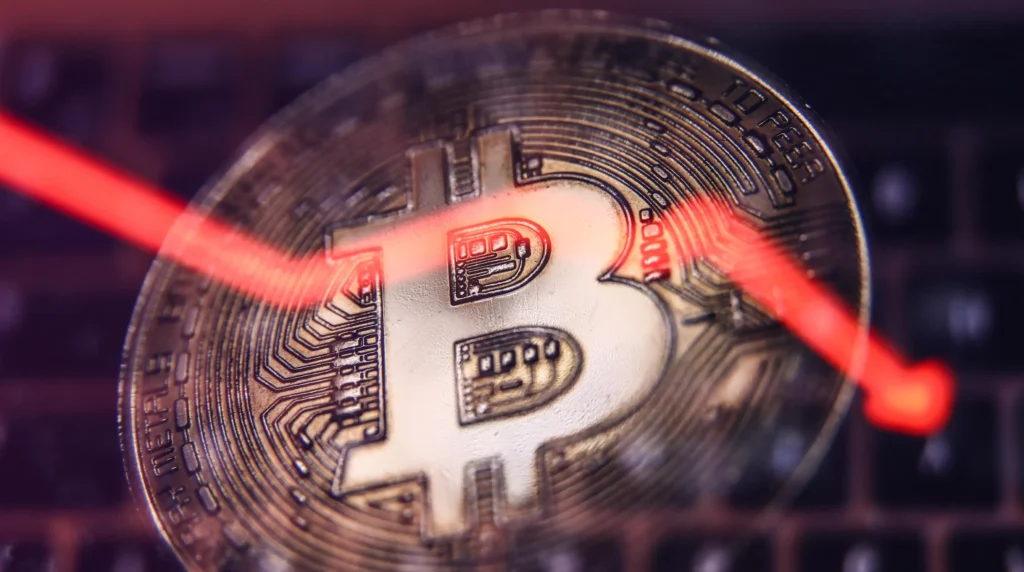The supply of Bitcoin is allocated among various holders. Sentiment breaks down Bitcoin ownership into different groups. These groups range from small individual investors to large institutions. It analyzes the activities of each group. The platform studies how these activities influence the market. Bitcoin owners include both modest investors and major players. Small investors may contribute to market volatility. Large institutional investors can have a more stable effect. Bitcoin Supply Trends, Santiment’s analysis helps understand Bitcoin’s price dynamics. It offers valuable information for predicting market trends.
Distribution of Bitcoin’s Supply
Depending on how much each owner has, the entire supply of Bitcoin is distributed among them. Santiment divides Bitcoin owners into four major groups, which consist of Shrimp (0 – 0.1 BTC) These are the smallest holders, usually modest quantities of Bitcoin held by ordinary investors. Fish & Dolphins (0.1 – 10 BTC) Mid-sized holdings fall into this category, and they might include more seasoned retail investors. Sharks & Whales (10 – 10,000 BTC) Huge holders with the ability to greatly impact market movements.

The largest holders, including exchanges, institutional investors, and significant participants in the cryptocurrency market, are referred to as Top Whales & Exchange Wallets Santiment can provide insights into the general mood of the market and possible changes in the price of Bitcoin by examining the behavior of these various groups of holders.
Trends in Behavior and Their Effect on the Market
Shrimp (0 – 0.1 BTC)
Small holders frequently add to price volatility, particularly when the market is not doing well. During declines, they frequently panic and sell their holdings, which pushes the price of Bitcoin lower. These holders might take profits too soon during price rallies, which would restrict price growth. Small holders’ holdings have increased slightly since December 2024, adding roughly 585 BTC. This implies that while the gain is still tiny and is unlikely to cause a major market shift, retail investors may be trying to purchase the drop.
Fish & Dolphins (0.1 – 10 BTC)
During bull markets, this group usually sells off their holdings, which are then acquired by bigger players. This group sold more over 84,000 BTC between October 2024 and December 2024, most of which was taken up by whales and sharks. But since the end of 2024, there has been a slight change, with this group purchasing 5,604 BTC, suggesting a more cautious attitude to selling.
Whales and Sharks (10–10,000 BTC)
These holders have a significant impact on changes in the price of Bitcoin. They typically have a longer-term perspective and tend to amass Bitcoin during market decline. Sharks and whales amassed 257,000 BTC before the end of 2024, while 199,000 BTC was added after November 2024 alone. With the purchase of an extra 2,997 BTC in January 2025, this accumulation pattern has persisted throughout 2025. Their continuous growth indicates a high conviction in the long-term worth of Bitcoin and raises the possibility that larger investors are setting themselves up for future price increases.
Impact of Supply Distribution on the Price of Bitcoin
The fluctuations of Bitcoin’s price are directly impacted by the actions of these different ownership groups. Bitcoin Supply Trends, How the various groups buy or sell Bitcoin has a big impact on the market:
Accumulation by Larger Holders
When whales and sharks amass Bitcoin, it frequently indicates that they have faith in the long-term prospects of the asset. Due to their acquisitions, which can lower market liquidity and make Bitcoin less vulnerable to transient price fluctuations, large holders usually have the wherewithal to withstand volatility. These groupings’ persistent accumulation pattern is frequently interpreted as a positive indication that could result in price increases.
Pressure to Sell from Smaller Holders
On the other hand, if smaller holders are panicking during a slump, selling their Bitcoin can put downward pressure on the price. On the other hand, their propensity to sell early during market rallies may restrict the amount of upward price movement. Sharks and whales may be buying Bitcoin during a market downturn if they believe the asset is cheap and anticipate price increases in the future. However, if smaller holders are selling off during a market surge, it might indicate that they are not confident in Bitcoin’s long-term prospects, which could prevent additional price increases.
Summary
Santiment’s examination of the distribution of Bitcoin’s supply provides insightful information about price movements and market behaviour. Investors can benefit from knowing these tendencies, but it’s crucial to consider the larger picture of market conditions. Bitcoin Supply Trends, Several variables, such as investor sentiment, legislative changes, and worldwide economic conditions, affect the price of bitcoin.


